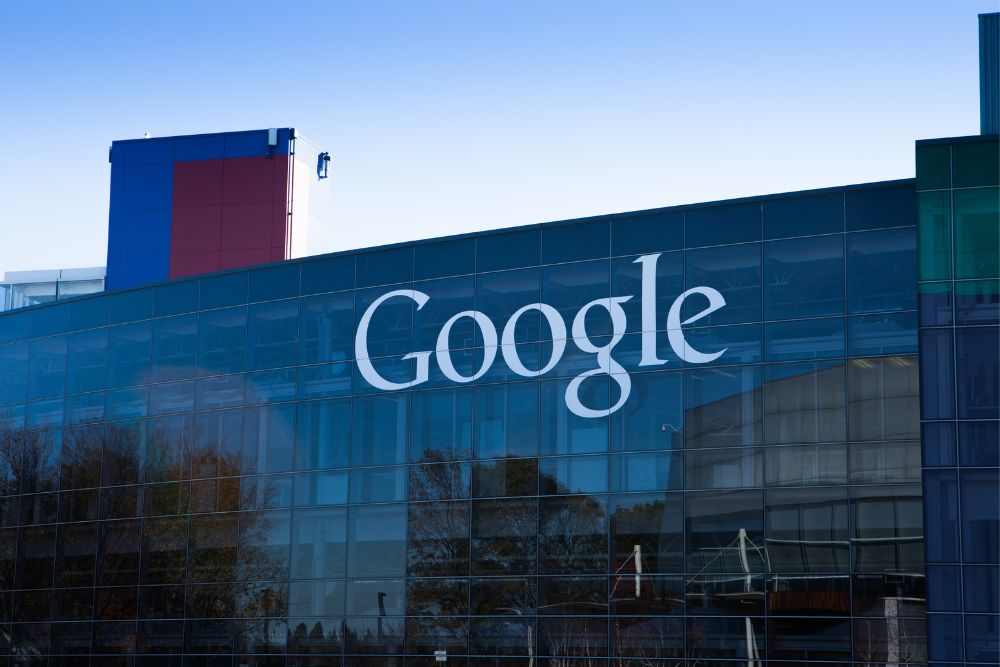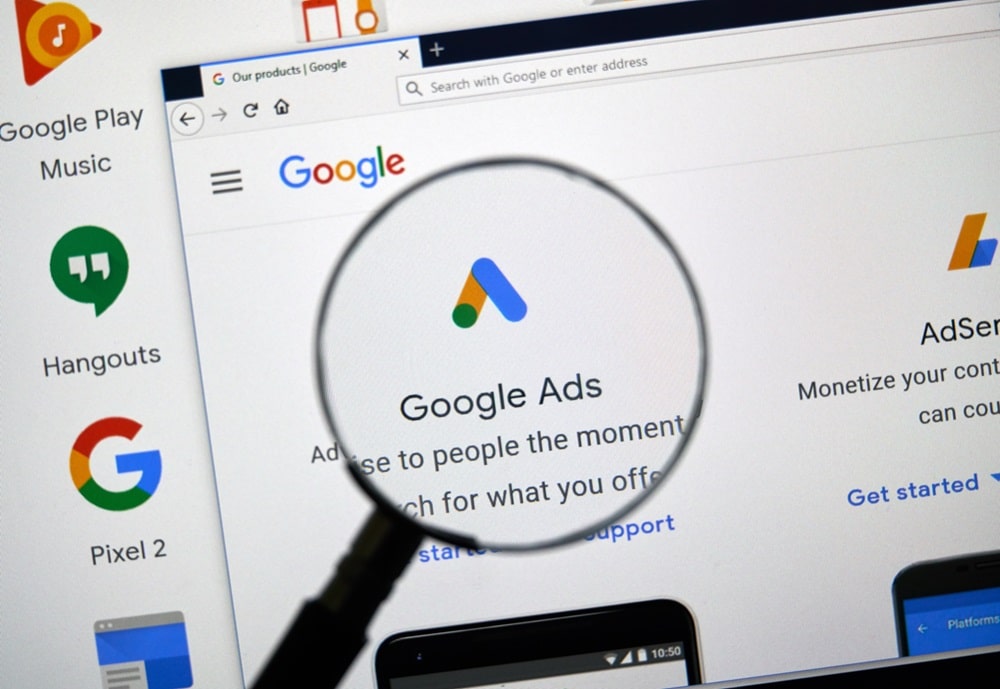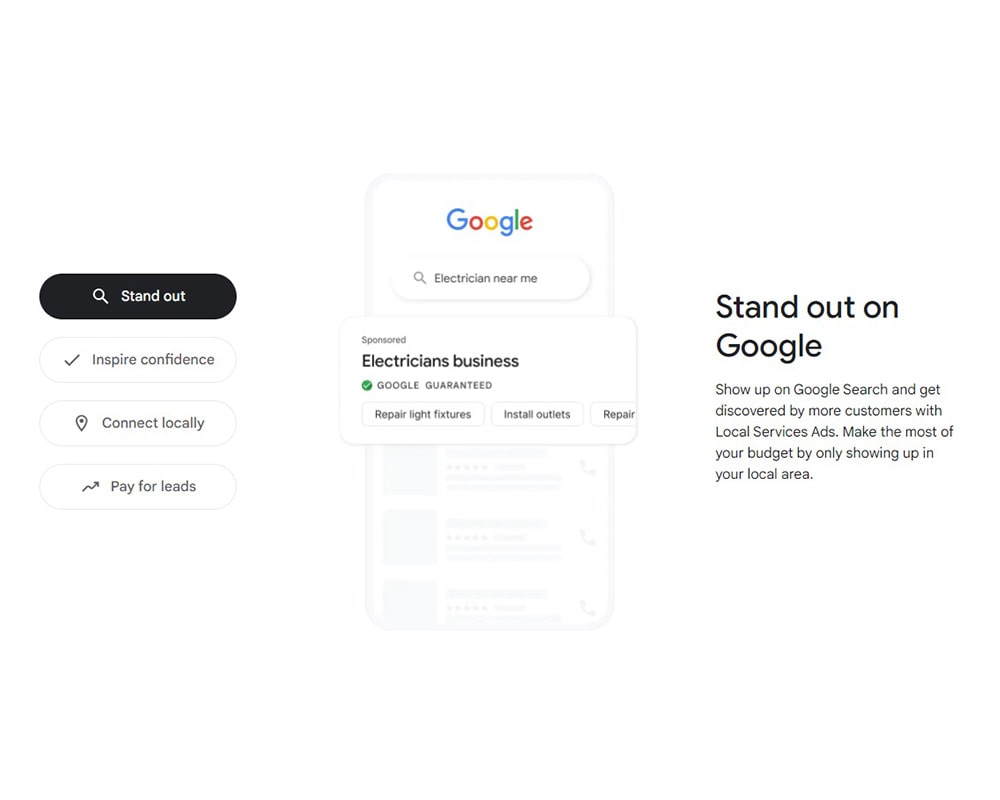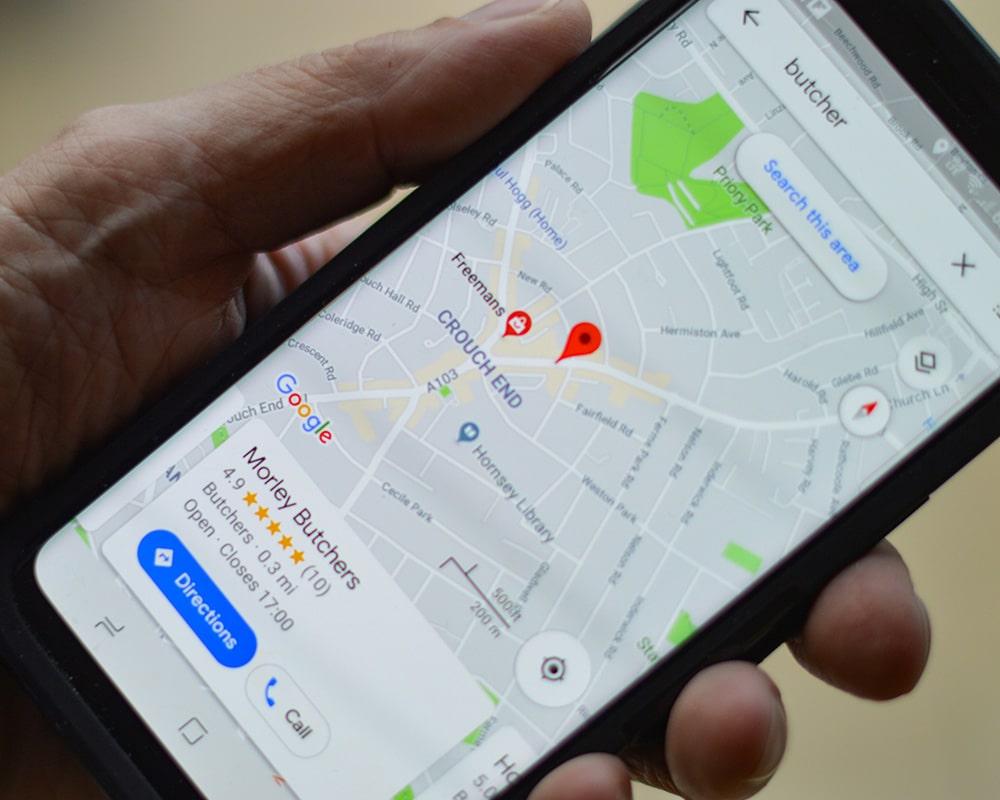If you closely monitor the performance of your videos in Google’s search engine results pages (SERPs), chances are that you’ve noticed some changes recently that alter how Google displays video content. It may even seem like your content is underperforming more than it used to.
But what you’re probably noticing are the results of Google’s ongoing changes to its platforms. So to stay current and give your content the best chance of being seen, check out these three ways that Google currently displays content to users.
Did Google Update the Video Algorithm?

Google is constantly updating its algorithm to provide better results to users. After all, the more relevant its results, the more often people will use the platform. These changes are likely a direct result of Google’s video algorithm, the fine details of which are kept under wraps. However, you can learn and draw conclusions from what you see on its SERPs.
1. Video Packs (Simple & Complex)
Google implemented video pack results a few years ago, adding Key Moments in 2018. Today, video packs are still used to showcase video search results, but there have been some changes. Take the way Google displays movie and TV results, for example — here, it may break video pack results into trailers and clips.
In many cases, video packs consist of three videos, but this isn’t always the case. Sometimes, you may notice results with two or four videos instead. Again, this is fairly strong evidence that Google’s video algorithms have been changed.
2. Branded Video Carousels
Videos may also be displayed using a carousel format, which is most common when someone has conducted a branded search. These videos are generally from YouTube, but not always — Google may also pull videos directly from a brand’s website.
Using this carousel, users can scroll horizontally to access more videos. This format has become more common in the past few years and is likely the result of Google’s commitment to better mobile user experiences.
3. Single Thumbnail Video Results
In the past, Google frequently showcased videos in search results similar to other listings, using a thumbnail to display a video preview. This method appears to be making a comeback, including the ability to watch a short preview by hovering over the thumbnail.
You might see several videos displayed this way on the first page of results, in which case it does appear as if Google is counting them as part of its standard list of ten organic search results.
There is another version of this thumbnail display, but it is only used with YouTube videos. In this case, hovering over the thumbnail launches the video in a simplified version of the YouTube player that doesn’t contain any of the usual features.
4. Bonus: Mega-Videos
This result format isn’t new, but it is fairly uncommon. In this format, videos that can be categorized into certain niches may be displayed as a larger video display instead of the standard thumbnail. This often appears when someone searches for an exceptionally popular song or trending “how to” videos.
In this format, Google will present a more robust feature of the YouTube player, including features such as chapters or an attached lyrics page for music videos.
5. Bonus: TikTok Videos

To serve the burgeoning short-form video audience, Google has created a unique results format that is specifically designed for TikTok videos — a notable exception to the standard because it’s a case of Google returning rich video results from a platform it doesn’t own.
This display usually includes a block of five videos, and you can preview each one by hovering your cursor over them. Google will also include a block of text underneath the videos to prompt the user to discover more TikTok videos from that particular personality or with a specific hashtag.
Is Youtube Still the Video King?

Despite Google’s many changes, YouTube still dominates in page-one video content, with Facebook taking a distant second place. Google owns YouTube, so this should come as no surprise. As a result, YouTube videos that are optimized for search will still continue to see powerful results in SERP for the foreseeable future.
Tracking Video SEO Performance
If you aren’t seeing your videos in search results, don’t panic. There’s a good chance that they’re still out there but displaying in a different format. Take some time to analyze how video search results are being displayed for your target keywords, then optimize your video strategy accordingly.
Do you want to incorporate more videos into your content marketing strategy? Normal Bear is here for you! We can help develop engaging videos that are tailored to your target audience, as well as create a comprehensive content strategy that incorporates videos into your overall plan. Contact us today to get started!






